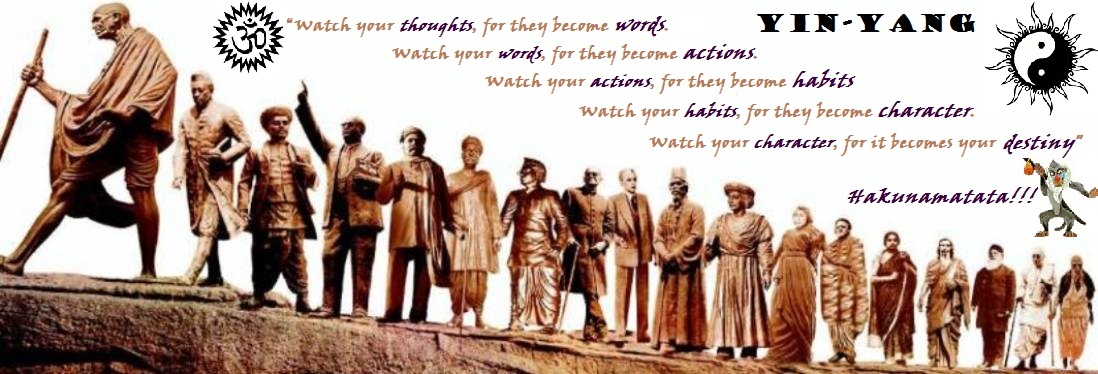In the series of geographical heroes I am going to introduce the extraordinary voyages of the Portuguese explorer Vasco da Gama (1460-1524). This man was one of the most successful explorers from the Age of Discovery (the period in 15th-17th Century history where Europeans engaged in extensive exploration around the globe).
Vasco da Gamma and his crew would have used a variety of navigation aids that would have been available during this period in history, including: astrolabes, charts, compasses, and traverse boards. These navigational aids were used to measure the angle between objects above the ocean, such as the horizon, sun or stars. This would have enabled the calculation of the ships position at sea. Nothing quite like the GPS technology we have today.
So, in 1497 the crew sailed down the coast of Africa and made a short journey into the Atlantic, before swinging back to reach the south of Africa and the Cape of Good Hope. The explorers passed round the Cape of Good Hope and sailed up the east coast of Africa, and then crossed the Indian Ocean to reach Calicut (now Kozhikode) by May 1948. This was the first totally water-based route to India.
This was the first of many journeys to India for the Portuguese, making Portugal one of the most important trading and naval powers in the Indian Ocean. When da Gama reached India, his final destination, he bought spices and silk cloth. He left again for Portugal in 1499. On da Gama’s second voyage, he made stops in Africa, and when visiting Mombasa (now Kenya) he made a peace treaty between Africa and Portugal. That peace treaty was the first ever treaty of peace and friendship between an African country and a European country. While he was there he put up a monument, the original is no longer present but a replacement monument has been built (see below).
In 1502 da Gama destroyed the Arab trading centers in India and along Africa’s East coast and set up Portuguese trading centers, securing Portugal’s position as one of the most important global trading powers. Later, in 1524, after da Gama had set up many trading centers King John III named him Viceroy to India. During that same year he also became Admiral of India. Unfortunately, later that year, he died in Cochin, his body was returned to Portugal however many memorials remain worldwide recognising his efforts in global exploration and trade expansion.
The tomb of Vasco da Gama lies in the Jerónimos monastery in Portugal.
The achievements and effects of the journeys of da Gama stretch far beyond the borders of Portugal, and this is reflected by the global spread of memorials to the man who pioneered trade with India. The memorial in Durban, South Africa provides a further example, unveiled in 1897, 400 years after Da Gama was first sighted in this area.
If you’re interested in finding out more about Vasca Da Gama I would recommend:
The Career and Legends of Vasco Da Gama by Sanjay Subrahmanyam or for the younger audience (or for those that would like more pictures) Vasca da Gama: Quest for the Spice Trade by Katherine Bailey.



























































































